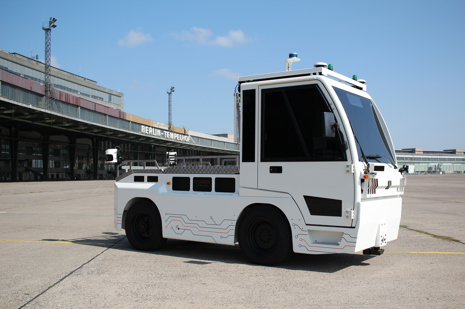
The IATA Enhanced GSE Recognition Program aims to accelerate the introduction of Enhanced Ground Support Equipment (GSE) technologies into daily operations, by recognizing those ground handlers who are leading this modernization of their vehicle fleets.
Aircraft ground damage poses a critical challenge, not only compromising passenger and airport personnel safety but also exerting substantial pressure on airline budgets. It disrupts the smooth flow of daily operations and stems from a myriad of incidents, manifesting in various forms.
GSE operations emerge as a primary contributor to such damage. The 2022 IATA Ground Damage Report highlights a concerning trend: without proactive intervention to curtail ground handling incidents, the industry faces a potential doubling of annual ground damage costs, soaring to an estimated $10 billion within the next decade and a half. This underscores the urgent need for strategic measures to mitigate these risks and safeguard the aviation ecosystem. The study finds that:
The program is the latest action to facilitate the transition to Enhanced GSE. It follows the publication in late 2022 of the IATA Ground Damage Report: The Case for Enhanced Ground Support Equipment, which identified safety and sustainability benefits from this transition.
Enhanced GSE uses proximity sensing and warning technology, improving vehicle control and increasing docking accuracy. Additionally, most Enhanced GSE is electrically powered, delivering sustainability gains over non-Enhanced GSE.
Ground Handling Service Providers (GHSPs) participating in the program will have the opportunity for their fleets to be assessed. Those achieving a ratio of Enhanced GSE to non-Enhanced GSE that exceeds a predetermined threshold will receive a recognition stamp valid for two years. Participation in the program will be voluntary and free of charge, as part of IATA’s commitment to achieving industry-wide safety improvements without imposing financial burdens on GHSPs.
IATA will engage with designated GHSP personnel to verify the submitted data. Verification can be conducted either on-site or remotely through video calls, sharing of operational GSE images/videos, and other relevant documentation as needed. Upon successful validation, if the fleet satisfies the established criteria, IATA will grant the recognition, which remains valid for two years. Tools and guidance on how to input and submit the data are provided in the Enhanced GSE Recognition Program booklet.
Recognizing and promoting ground handlers that have integrated enhanced GSE into their fleets can yield several benefits, including:
Enhanced Safety: Enhanced GSE can reduce the risk of accidents on the tarmac, leading to safer operations for both personnel and aircraft. IATA estimates that transitioning 75% of the global fleet of belt-loaders, cargo-loaders, passenger stairs and PBB to Enhanced GSE, would reduce the current expected ground damage cost per turn rate by 42%.
Industry Standardization: Recognition programs can encourage the adoption of best practices across the industry, leading to a more standardized approach to ground handling. To encourage the implementation of Enhanced GSE, it is necessary to incentivize the process by recognizing and promoting those ground handlers that have integrated Enhanced GSE into their fleets.
The IATA Airport Handling Manual (AHM) is published annually to stay up to date with the industry trends as well as best practices. Specifically, section AHM913 features guidance on ground damage prevention systems. The digital format of the AHM features a comprehensive toolbox, which includes downloadable GSE specification items, such as:
Furthermore, section AHM907 consolidates specific considerations regarding electrically powered ground support equipment (e-GSE) and their operating environment into one document for ease of reference and access for the widest audience.
To find out more about the program and to request an assessment of the GSE fleet contact: groundops@iata.org